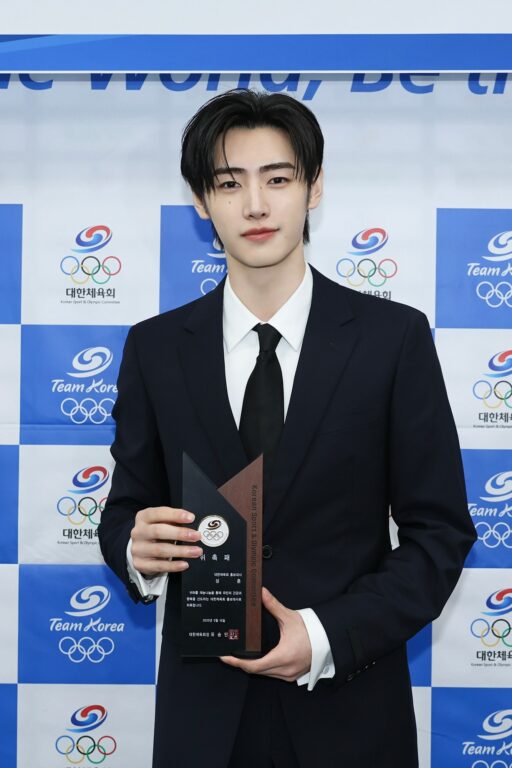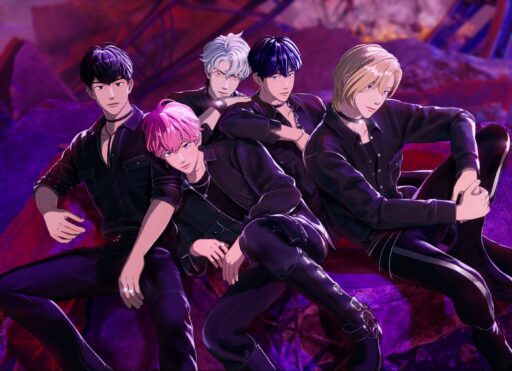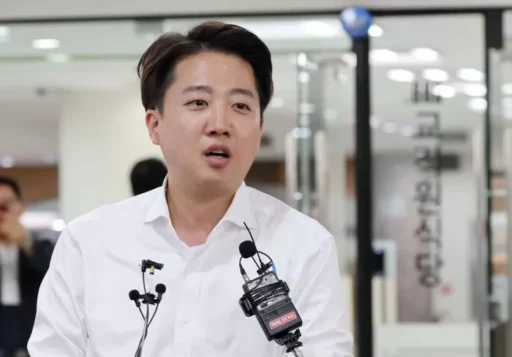Controversy Over Video Featuring Japanese Shrine at King Sejong's Birth Celebration
A video shown during the King Sejong Birth Celebration event, which featured the image of a Japanese shrine, has sparked controversy.
On the 16th, Professor Seok Young-deok of Sungshin Women's University revealed this on Instagram, expressing his strong regret.
Professor Seok opened by stating, "It has been reported that a ceremony was held at Gyeongbokgung Palace to commemorate 'King Sejong's Birth Day' on the 15th."
He continued, "Prior to the official event, a video produced by the Ministry of Culture, Sports, and Tourism was screened multiple times, which contains the image of a Japanese shrine, leading to the controversy."
He further explained, "The building in question is the Kanda Shrine in Tokyo, which is a registered cultural property of Japan," and added, "Additionally, another building in the video depicted a structure resembling a Chinese temple."

According to Professor Seok, the video was played several times before the main event but was not used during the actual ceremony.
He remarked, "While it is important to widely distribute Hangul and the Korean language globally, it is unacceptable that we make such ridiculous mistakes at domestic events. Instead of blaming the production company, the government agency that failed to supervise properly should reflect on this issue."

Ministry of Culture, Sports, and Tourism's Clarification and Public Reactions
Prior to this, on the 15th, a black-and-white video featuring the Japanese shrine was broadcast during a rehearsal for the 'King Sejong Birth Day' inaugural ceremony held at the special stage in front of Heungnyeemun Gate at Gyeongbokgung Palace, leading to protests from citizens.
A representative from the Ministry of Culture, Sports, and Tourism explained, "The video was shown accidentally when the company in charge of broadcasting played a test video during the rehearsal," and stated that the screen was deleted as soon as the issue was discovered.
However, citizens who attended the event shared this information on social media, leading to a growing wave of criticism.
In particular, there was significant disappointment that foreign cultural properties were featured at an event honoring King Sejong, who made significant contributions to the creation of Hangul and the development of Korean culture.

This controversy has once again highlighted the importance of understanding and verification systems regarding Korean cultural heritage in the process of producing cultural content.
The failure to properly represent cultural identity at major national events raises questions about the professionalism of government agencies responsible for promoting Korean culture.
Meanwhile, 'King Sejong Birth Day' was designated as a national legal commemorative day last year to honor King Sejong's achievements and to enhance pride as a cultural nation.
Image source: A Japanese shrine included in the video produced by the Ministry of Culture, Sports, and Tourism / instagram 'seokyoungduk', Minister of Culture, Sports, and Tourism Yoo In-chon delivering a commemorative speech at the '628th King Sejong Birth Day Commemoration' in front of Heungnyeemun Gate at Gyeongbokgung Palace on the 15th / News1, Statue of King Sejong at Gwanghwamun Square in Jongno-gu, Seoul / Photo = Insight.


